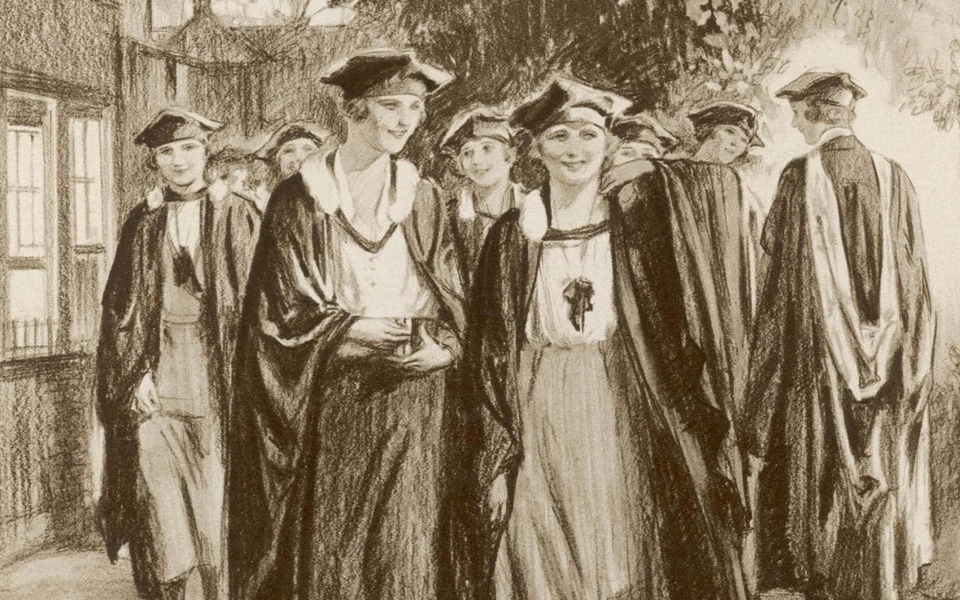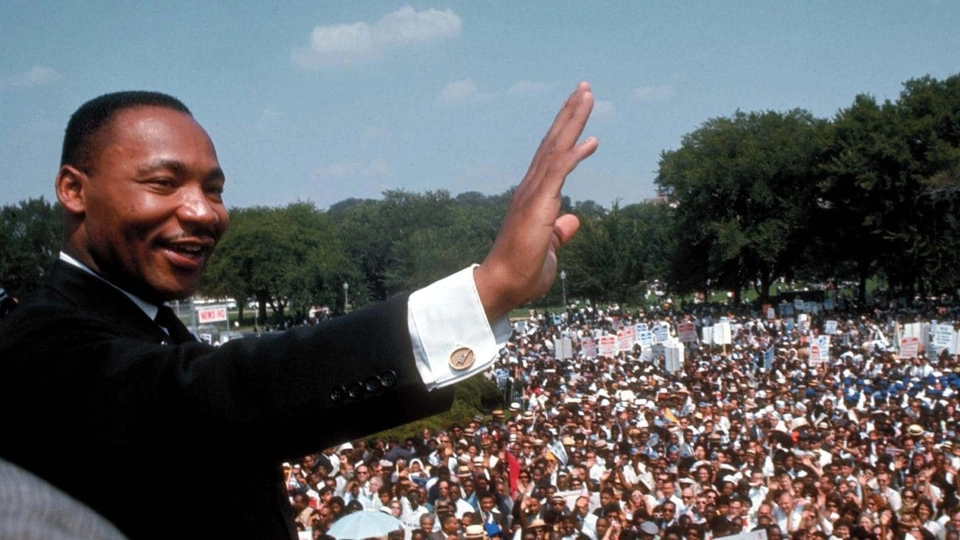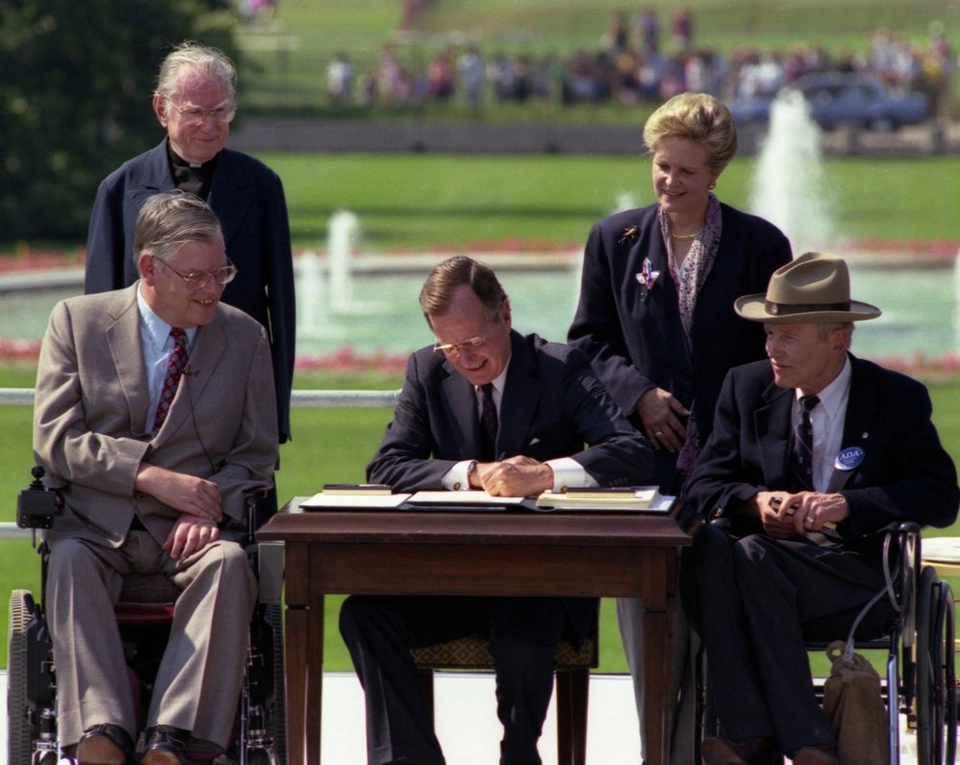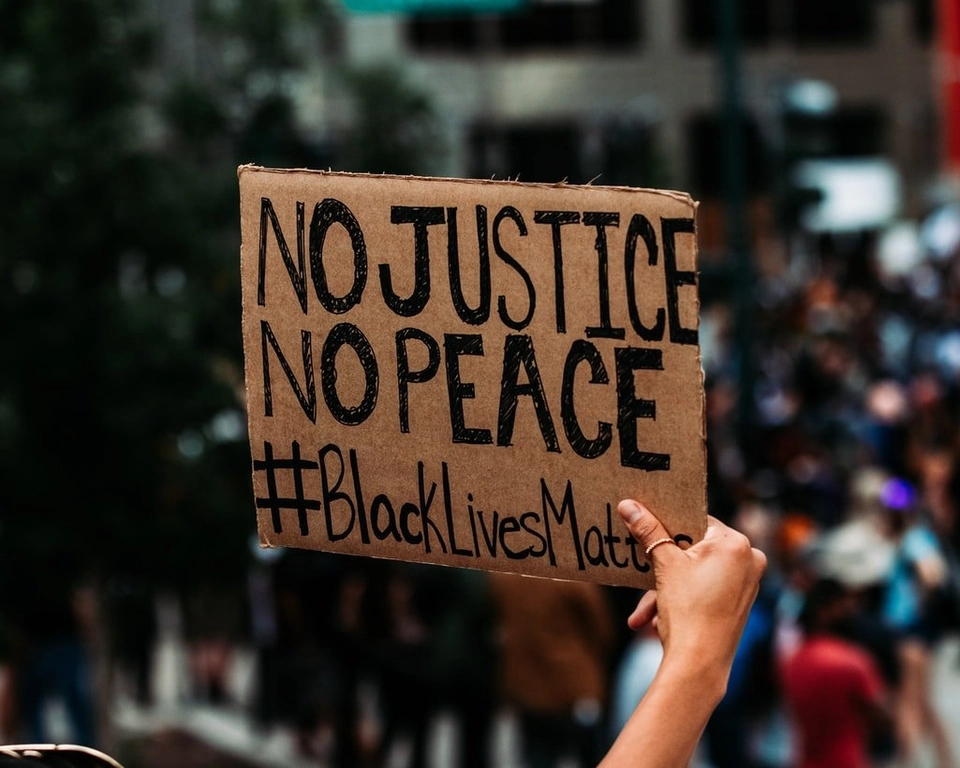Diversity and inclusion: a look back at the key events over the last 120 years
Introduction
As humans, we are naturally motivated to make sense of our social world; categorizing people based on familiarity. How we act on these mental constructs, and subsequently discriminate, depends on a complex set of factors, including our history, sociocultural practices, and the influence of our immediate community. Often taking the form of destructive generalisation’s about different groups, discrimination has always been prevalent within society. In ancient times this looked like women only serving as a mere tool to cook, clean, and bring up children, and the slavery within Babylon Egypt, and Ancient Greece. Even by the late 18th century, the workforce was considered a mans world, and ethnic minorities were segregated to work in service industries. Although there is still plenty of work to be done, society has come a long way over the last 120 years, and this blog aims to cover the diversity and inclusion milestones that took place in the UK and US throughout time.
Early 1900’s
-
1909: The Niagra Movement was founded by Du Bois and other black leaders in 1905, and in 1909 they joined white reformers to become the National Association for Advancement of Coloured People (NAACP). The NAACP used federal courts to challenge residential segregation.
-
1910 – 1920: The great migration saw African-Americans in 1000s pour into industrial cities to find work, although here they faced exclusion and discrimination.
-
1910: African American inventor and entrepreneur Madame C. J. Walker, considered the first black woman millionaire, started a hair care company for black women in Indianapolis
-
1911: National Insurance act of 1911 was introduced in UK and included a universal maternal health benefit.
-
1912: London’s first gay pub, Cave of the Golden Calf, opened off of regent street.
-
1917: Women gained a foothold in American workplace during the first world war, but returned home as this ended.
-
1918: The eligibility of women act was passed, allowing women to be elected into parliament.
-
1919: The Sex Disqualification Removal Act was passed, ensuing women’s entry into professions such as lawyers, vets and civil servants.
1920’s
-
1920: Oxford University allowed the admission of women (1 for every 6 men).
-
1920: Because of the work of Margaret Brent, who demanded the right to vote in Virginia s house of Burgesses, every state west of the Mississippi river permitted women to vote.
-
1920: America had a De-Facto woman president, Edith Wilson.
-
1920: The Women’s Bureau of the Department of Labour formed to safeguard women in workplace.
-
1920: The Blind Person Act was passed, providing a pension allowance for blind persons aged 50-70.
-
1928: Women gained the right to vote in the UK as part of the Equal Franchise Act.

1930’s
-
1931: Harold Moody called a meeting with UK Civil rights activists in a YMCA in Tottenham Court Road and here the League of Coloured Peoples (LCP) was formed to combat the racial disparities he and many other faced daily, such as the unofficial colour bar in place/
-
1932: Hattie Wyatt Caraway became the first woman elected to US Senate.
-
1935: The Congress of Industrial organizations (CIO) formed, supporting racial egalitarian rhetoric, although discriminatory practices continued.
-
1936: At the Berlin Olympics, Jesse Owens defined Nazi racist propaganda to win 4 golds.
-
1936: Mark Weston, 30 year old British athletic champion, transitioned from female to male.
1940’s
-
1941: The National Service Act was enforced, calling upon all unmarried women between 20 and 30 years for war work.
-
1943: “The origin of diversity” – the first modern equal employment legislation was introduced in congress and then 5 years later, President Truman signed the Executive Order 9981 to desegregate the armed services. The order required equal treatment and opportunity in the armed services, although it did not actually forbid segregation.
-
1944: The Disabled Persons Employment Act was passed, requiring employers with over 20 members of staff to ensure at least 3% of staff were disabled.
-
1945: Sir Harold Gillies, and Ralph Millard carried out the first female to male confirmation surgery on Michael Dillon.
-
1945: Learie Constantine became the first black person to gain an MBE.
1950’s
-
1952: Dr Dorothy Garrod became the first female professor at Cambridge University.
-
1954: The Brown v. Board of Education of Topeka was a landmark Supreme Court case in which the justices ruled our racial segregation in public schools. However, many still remained segregated.
-
1955: Rosa Parks refused to give up her seat to a white man on a Montogomery Alabama bus.
-
1956: Legal reforms in Britain said that women teachers and civil servants should receive equal pay.
-
1958: The Homosexual Law Reform Society was founded in the United Kingdom following the Wolfenden report, to begin a campaign to make homosexuality legal in the UK.
1960’s
-
1963: Martin Luther King Jr. gave his “I Have a Dream” speech at the Lincoln Memorial.
-
1964: President Lyndon B. Johnson signed the Civil Rights Act of 1964, making employment discrimination due to race, colour, sex, religion, or national origin, illegal for employers with more than 15 employees.
-
1965: Lord Arran proposed decriminalizing male homosexual acts in the house of lords.
-
1967: The Sexual Offences Act 1967 was passed, prohibiting violence and unfair treatment of gay men in response to English schoolteacher Kenneth Crowe (aged 37) who was found dead wearing his wives clothes and a wig in 1950.
-
1968: 850 women machinists at ford factory in Dagenham went on strike over equal pay.
-
1968: President Johnson signed the Civil Rights Act of 1968, providing equal housing opportunities regardless of race, religion, or national origin.
-
1969: The Campaign for Homosexual Equality (CHE) formed as the first British gay activist group.
-
1969: By the end of the 60’s, many organisations, communities, military sectors, and higher education institutions were conducting some form of diversity education training in the US.

1970’s
-
1970: The Equal Pay Act was introduced in the UK, prohibiting any less favorable treatment between men and women in terms of pay and conditions of employment, with a similar act introduced in the USA in 1963.
-
1970: The Gay Liberation Front emerged and LGBT pride began.
-
1971: The Association for Disabled People (APA) was established.
-
1972: The UK became the first nation to allow citizens to legally change their sex.
-
1972: The Equal Employment Opportunities Act was introduced to prohibit job discrimination in terms of race, religion, colour, natural origin, supreme court. The supreme court also provided the Equal Employment Opportunity Commission (EEOC) the authority to sue for reasons of discrimination.
-
1973: 10 women were admitted to the London Stock Exchange.
-
1973: Sybil Phoenix became the first black women to receive MBE for her work in fostering.
-
1974: Maureen Colquhoun became the first lesbian MP for Labor party.
-
1975: The Maternity Leave Legislation made paternity pay a requirement.
-
1976: The Race relations act was established to prevent discrimination on the grounds of race.
-
1979: Margaret Thatcher became the first female PM.
1980’s
-
1981: The shocking pink collective, written by and for young women, was set up to discuss topics like abortion, lesbianism, and violence against women.
-
1982: The Commissions Of Restrictions Against Disabled People (CORAD) began the campaign for civil rights legislation that culminated in the disability discrimination act.
-
1985: Chris Smith became the first openly out homosexual politician in UK parliament
-
1987: The International Lesbian and Gay Association (ILGA) was founded as the International Gay Association (IGA) on 8 August during the conference of the Campaign for Homosexual Equality.
-
1987: William Brock, The secretary of Labor, commissioned a study of economic and demographic trends. This later became the landmark book “Workforce 2000 - Work and Workers in the Twenty First Century”, highlighting five demographic factors that would impact the U.S labor market:
1. The population and the workforce will grow more slowly than at any time since the 1930s.
2. The average age of the population and the workforce will rise, and the pool of young workers entering the labor market will shrink.
3. More women will enter the workforce.
4. Minorities will be a larger share of the new entrants into the labor force.
5. Legal and illegal immigrants will represent the largest share of the increase in the population and the workforce since World War I."
-
1989: LGBTQ+ campaign group, Stonewall UK, was set up to oppose barriers to equality.
1990s
-
1990: Feminist punk subculture ‘riot grrrl’ triggered the third wave of feminism. Influenced by the postmodernist movement, third-wave feminists sought to question, reclaim and redefine the ideas, words and media that have transmitted ideas about womanhood, gender, beauty, sexuality and femininity.
-
1990: Diversity education in US expanded to focus on barriers to inclusion for different groups, including ethnic minorities, religious groups, and the LGBTQ+ community.
-
1990: America became the first country to adopt a comprehensive civil rights declaration for people with disabilities. This was a landmark moment in history, enabling universal accessibility in the areas of employment, public service, public accommodations, and telecommunications.
-
1991: The Disability Living Allowance was introduced in the UK.
-
1992: Betty Boothroyd became the first female speaker in the house of commons.
-
1992: Mae Jemison became the first African-American women in space.
-
1993: The racially motivated murder of Stephen Lawrence sparked cultural changes in UK, with the murderers later convicted in 2012.
-
1995: The Disability Discrimination Act was introduced, enabling new rights for disabled people in employment.

00’s
-
2000: The World Health Organization (WHO) changed the definition of homosexuality from being a mental health illness.
-
2001: Clara Furse became the first female to occupy a chief executive position of London stock exchange.
-
2001: The last two pieces of unequal law regarding gay male sex were changed, with equal rights to adapt for same sex couples coming into play in 2002.
-
2003: Employment equality regulations made it illegal to discriminate against lesbians, gays or bisexuals at work.
-
2003: 36.5% of students starting their first degree law course were from minority ethnic groups.
-
2004: The gender recognition act 2004 enabled people to legally change their gender.
-
2006: The #metoo campaign was created by Tarana Burke, later growing into an international movement of women speaking up about sexual harassment in 2017.
-
2008: San Jose Mercury news began investigating the 15 largest tech companies in silicon valley who refused to share their diversity data.
-
2009: Ursala Burns became the first black female CEO of a fortune 500 company.
2010’s
-
2010: Rushanara Ali, Shabana Mahmood and Yasmin Qureshi became the first female Muslim Members of Parliament.
-
2010: The Equality Act 2010 stated that organisations should make appropriate adjustments to ensure disabled people can access education, employment, housing, goods and services, and associations, such as adding step free access for wheelchair users. This act also prohibited employees discriminating against applicants during the course of their employment.
-
2014: Tech giants (including Google, Apple, and Microsoft) published annual diversity reports, encouraging many businesses to follow.
-
2014: Same sex marriage became legal in UK under the marriage (Same Sex Couples) Act 2013.
-
2015: Bobbie Cheema-Grubb QC became the first Asian women high court judge.
-
2017: Changes were made to the Equality Act, making it compulsory for British companies with more than 250 employees to report their gender pay gap figures each year.
2020’s
-
2020: In March Breonna Taylor was shot by Louisville police officers, and in May, the killing of George Floyd by Minneapolis police sparked global movement; #sayhisname, #blacklivesmatter, and global protests.
-
2021: Gina Abercrombie-Winstanley became the Department of State’s first Chief Diversity Officer, a position created to make the US diplomatic– a position created to make the US diplomatic corps more representative.
-
2021: The term ‘BAME’, stemming from 1970s antiracist movement became recognized as being problematic. Over time ‘BAME’ has became an umbrella term for all ethnic minorities, thus leading to widescale generalization.

** Author:** Emma Bluck (Marketing and Scientific Communications Lead)
Start Building a Fairer Workplace With Us
Dive into the future of work with our expertly crafted solutions. Experience firsthand how MeVitae’s AI-driven solutions can make a difference. Request a demo or consultation now.
